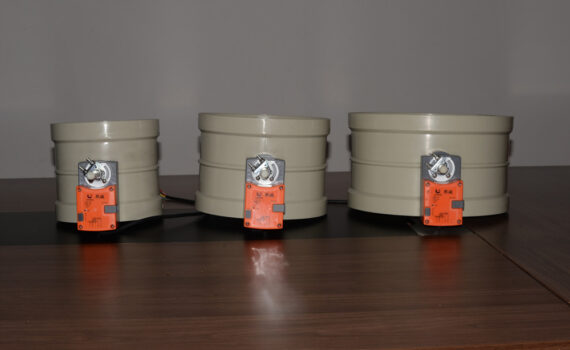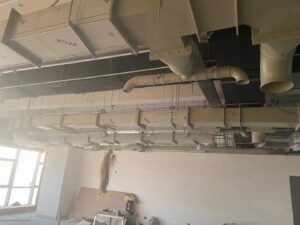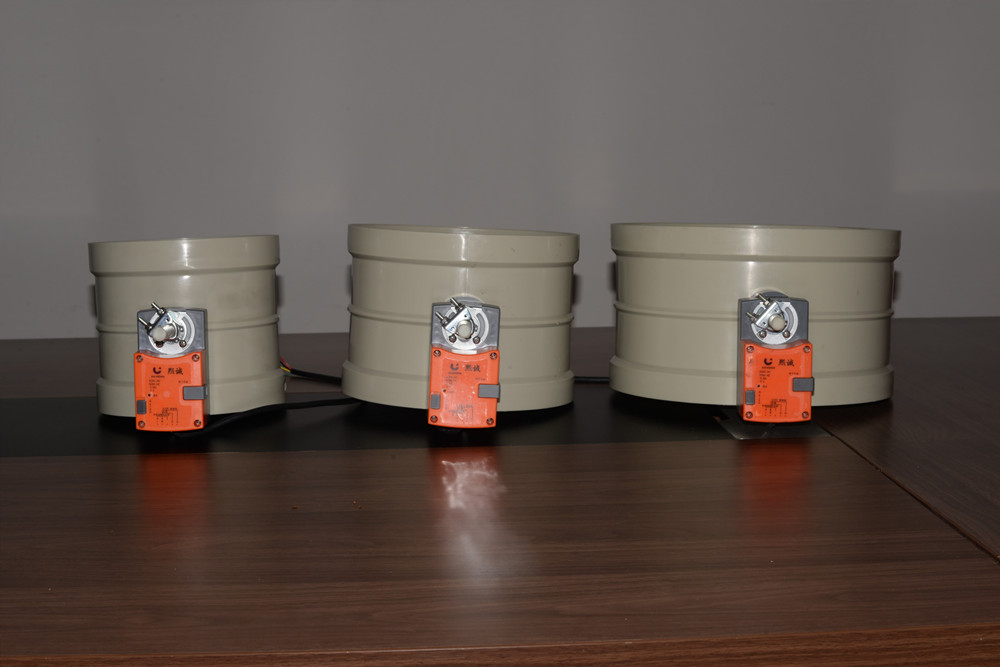Plastic duct damper advantages and applications
Category : Blog
Plastic duct damper is a damper used in heating, ventilation, and air conditioning (HVAC) systems to regulate the flow of air through the ductwork. Dampers are typically installed within ductwork and can be used to control airflow in a single direction, or to block or divert airflow entirely.
There are many different types of plastic duct dampers on the market, each with their own unique features and benefits. Some key factors to consider when selecting a plastic duct damper include the size of the ductwork, the type of HVAC system being used, and the specific application of the damper.
Key Benefits of Plastic Duct Dampers
Durability and Corrosion Resistance
Unlike metal dampers, which can rust or corrode over time, plastic dampers are resistant to many types of chemical and environmental damage. This makes them ideal for harsh industrial environments as well as residential and commercial HVAC systems.
Easy to install
Unlike metal dampers, which are bulky and difficult to work with, plastic dampers are lightweight and easy to handle. This makes them ideal for use in tight spaces where manipulating larger components can be difficult.
Types of Plastic Duct Dampers
Inline damper
These dampers are installed within ductwork and can be used to control unidirectional airflow. Inline dampers are typically manually operated, using a lever or dial that allows the user to adjust the damper position as desired.
Steering damper
These dampers are used to block or divert airflow within ductwork. Diverter dampers are commonly used in HVAC systems to control the flow of air between different areas or rooms and can be operated manually or through an automated control system.
In addition to in-line and split flow dampers, a variety of other plastic duct dampers are available including return flow dampers, volume control dampers. Backflow dampers are used to prevent backflow of air within the ductwork, while volume control dampers are used to regulate the flow of air within the system. Plastic air duct dampers can be made of flame-retardant PP/PVC, and the flame-retardant materials can
When selecting a plastic duct damper, it is important to consider the specific application of the damper. For example, if the damper will be used in an industrial setting, it may be important to choose a damper that is resistant to chemical and environmental damage. If the damper will be used in a residential or commercial HVAC system, it may be important to choose a damper that is easy to install and operate.
In addition to choosing the correct type of plastic duct damper, it is also important to ensure the damper is installed correctly. Improper installation can result in reduced efficiency and performance, and increased energy costs. It is important to work with a qualified HVAC contractor to ensure the damper is installed correctly and operating at peak performance.
In summary, plastic duct dampers are an important part of HVAC systems, allowing users to control the flow of air through the ductwork and improving the efficiency and performance of the system. There are many different types of plastic duct dampers on the market, each with their own unique features and benefits.


